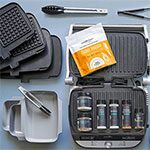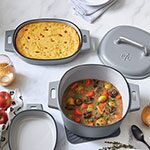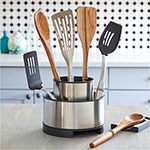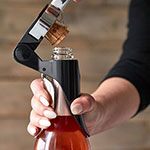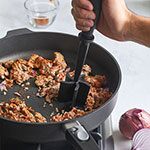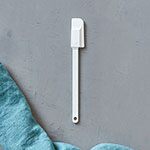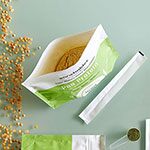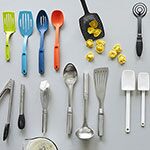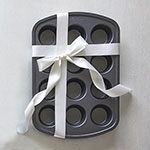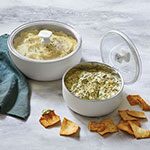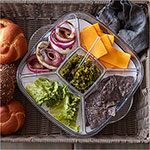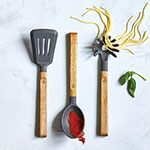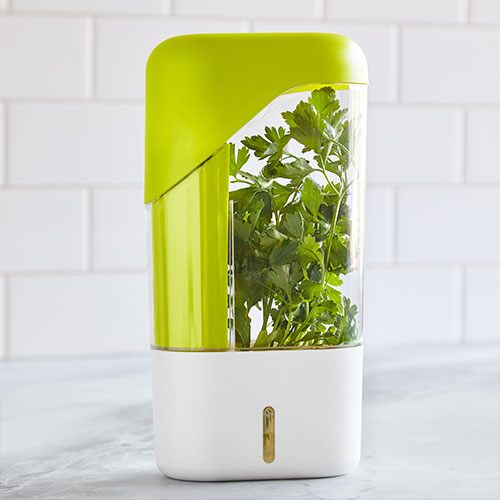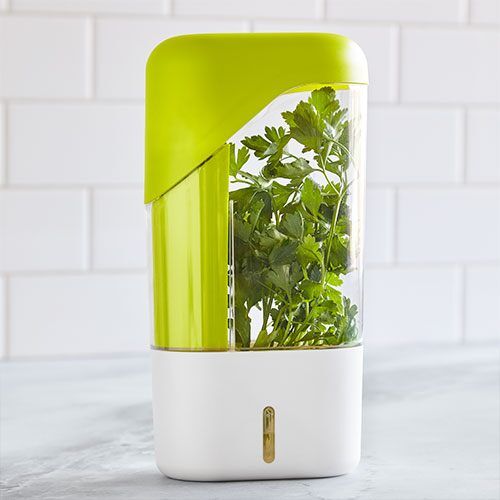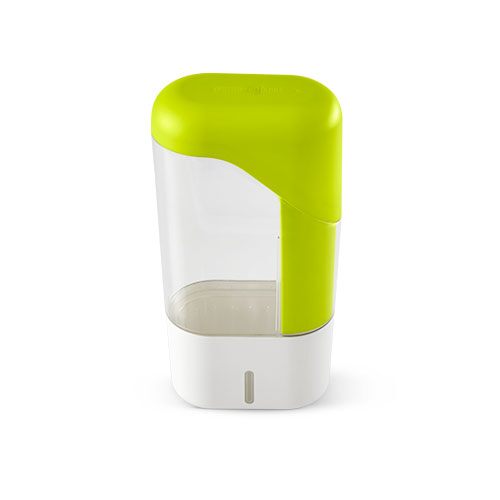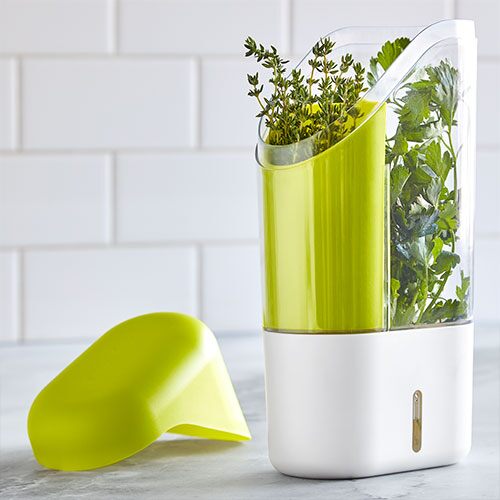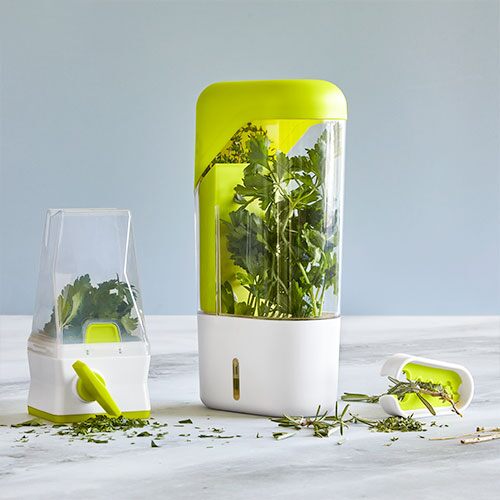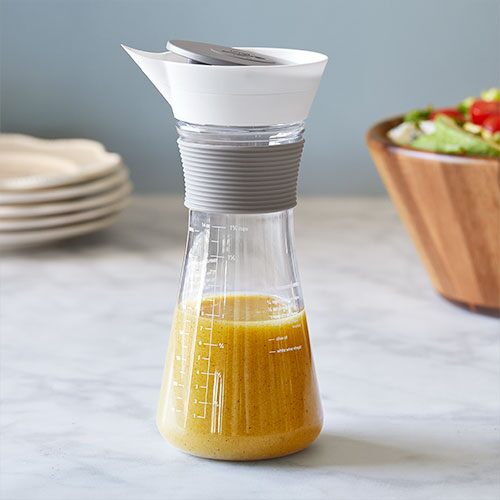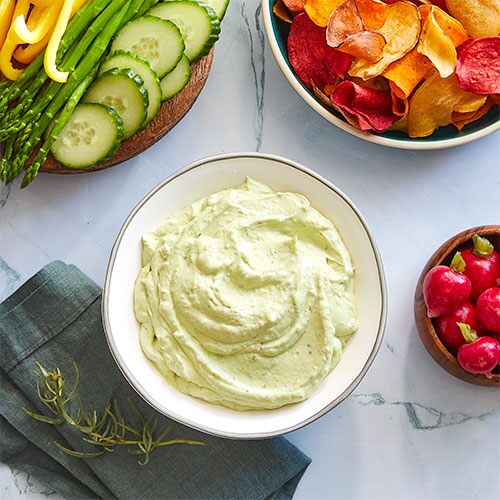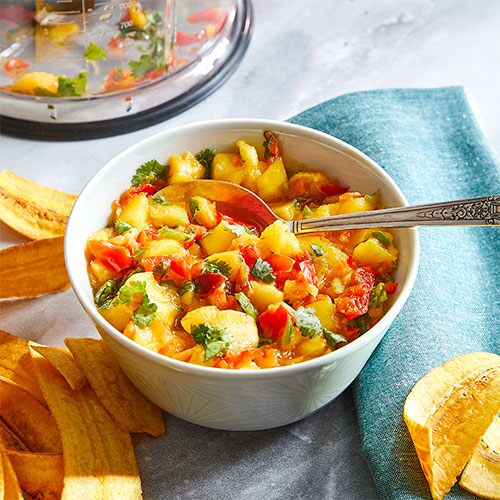Herb Keeper
Herb Storage Container for Fresh Herbs
Having easy access to fresh herbs helps you cook with more flavors while saving money and reducing food waste.
The Herb Keeper has a removable insert that lets you store two different types of herbs at once. It keeps delicate herbs, such as parsley and cilantro, in water, while hearty herbs, such as thyme, oregano, and rosemary, stay out of the water but in a moist environment, so they’ll all last longer.
The slim design easily fits inside the refrigerator door while the clear window on the base lets you check the water level inside.
Product Details
- 9¼" tall
- Dishwasher safe
-
Use & Care
Use & Care
Use & Care
Carefully read Use and Care before using.
SAFEGUARDS
• Use caution when opening. Because the base is filled with water,
never open near electrical sources.
PARTS
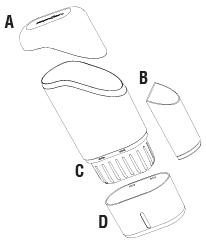
A. Lid
B. Insert
C. Container
D. Base
CLEANING
• Wash before using for the first time; dishwasher-safe when placed away from the heating element.
• Disassemble before placing in the dishwasher.
USE AND CARE
• You can use the container with or without the insert.
Use the container alone for delicate herbs like parsley.
Use the container with the insert for hearty herbs like thyme.
• Always lift from the base when moving the container.
How to store herbs:
1. To prepare fresh herbs for storage, submerge them in cold water and swish around. Remove
from the water and transfer to a paper towel; blot dry the leaves.
You may need to cut herbs down to fit into the container or insert. Trim the stems at a diagonal
and remove dead leaves from the herbs before placing in the container.
2. Remove the lid and container from the base. To remove the container from the base, hold the
base with one hand and pull up on the container.
3. Fill the base with water until the window on the base is . full.
4. Place the herbs into the container stem-side down. The stems should reach the bottom, so the
herbs sit in the water. If you’re storing hearty herbs like rosemary, oregano, or thyme, place
them into the insert. Then place the container into the base.
5. Cover the container with the lid.
6. Store in the refrigerator or on a countertop, depending on the type of herb.
You can store most herbs in the refrigerator. However, delicate herbs such as basil and cilantro
will keep better at room temperature with the lid removed like a bouquet of flowers.
TIPS
• To keep herbs fresh longer, change the water every day.
• Add delicate herbs like cilantro, basil, parsley, dill, or mint a minute or two before the end of
cooking to preserve their flavor and color.
• Add hearty herbs like rosemary, oregano, or thyme at the beginning or toward the middle of
cooking to allow the flavors to blend.
• Dried herbs are more concentrated than fresh herbs, so when you substitute in recipes, you’ll
need to use a little more. If a recipe calls for dried herbs, a good rule is to use two or three times
more fresh herbs—so 1 tbsp (15 mL) of dried parsley would become 3 tbsp (45 mL) of fresh
parsley. If you’re unsure how much to use, start with less; you can always add more.
• Use sharp shears or a sharp knife when chopping the herbs to reduce bruising the leaves.
Made in China
Use & Care
Carefully read Use and Care before using.
SAFEGUARDS
• Use caution when opening. Because the base is filled with water,
never open near electrical sources.
PARTS

A. Lid
B. Insert
C. Container
D. Base
CLEANING
• Wash before using for the first time; dishwasher-safe when placed away from the heating element.
• Disassemble before placing in the dishwasher.
USE AND CARE
• You can use the container with or without the insert.
Use the container alone for delicate herbs like parsley.
Use the container with the insert for hearty herbs like thyme.
• Always lift from the base when moving the container.
How to store herbs:
1. To prepare fresh herbs for storage, submerge them in cold water and swish around. Remove
from the water and transfer to a paper towel; blot dry the leaves.
You may need to cut herbs down to fit into the container or insert. Trim the stems at a diagonal
and remove dead leaves from the herbs before placing in the container.
2. Remove the lid and container from the base. To remove the container from the base, hold the
base with one hand and pull up on the container.
3. Fill the base with water until the window on the base is . full.
4. Place the herbs into the container stem-side down. The stems should reach the bottom, so the
herbs sit in the water. If you’re storing hearty herbs like rosemary, oregano, or thyme, place
them into the insert. Then place the container into the base.
5. Cover the container with the lid.
6. Store in the refrigerator or on a countertop, depending on the type of herb.
You can store most herbs in the refrigerator. However, delicate herbs such as basil and cilantro
will keep better at room temperature with the lid removed like a bouquet of flowers.
TIPS
• To keep herbs fresh longer, change the water every day.
• Add delicate herbs like cilantro, basil, parsley, dill, or mint a minute or two before the end of
cooking to preserve their flavor and color.
• Add hearty herbs like rosemary, oregano, or thyme at the beginning or toward the middle of
cooking to allow the flavors to blend.
• Dried herbs are more concentrated than fresh herbs, so when you substitute in recipes, you’ll
need to use a little more. If a recipe calls for dried herbs, a good rule is to use two or three times
more fresh herbs—so 1 tbsp (15 mL) of dried parsley would become 3 tbsp (45 mL) of fresh
parsley. If you’re unsure how much to use, start with less; you can always add more.
• Use sharp shears or a sharp knife when chopping the herbs to reduce bruising the leaves.
Made in China


 Canada (en)
Canada (en) Germany (de)
Germany (de) Austria (de)
Austria (de)